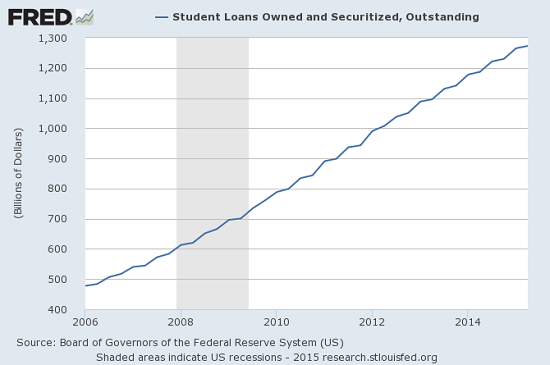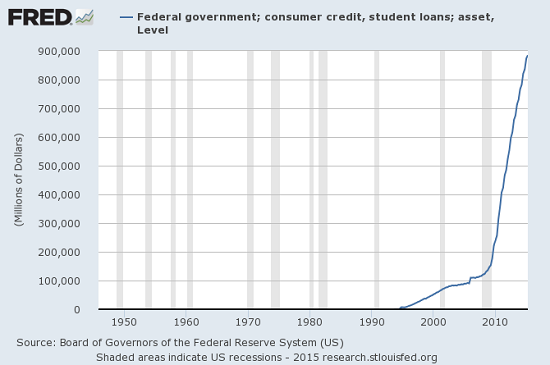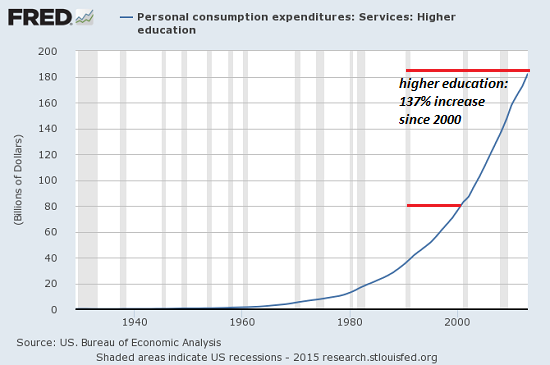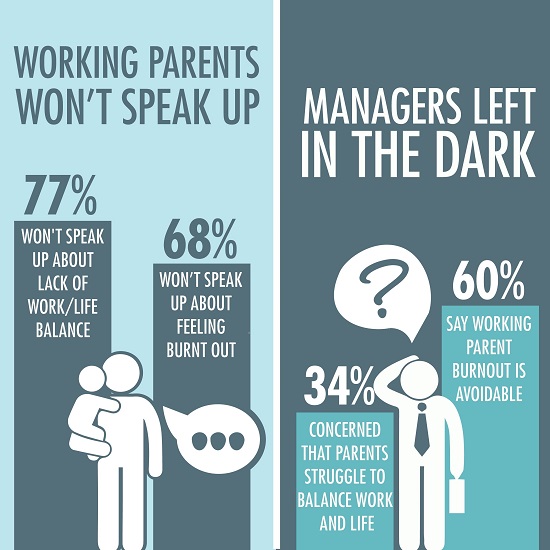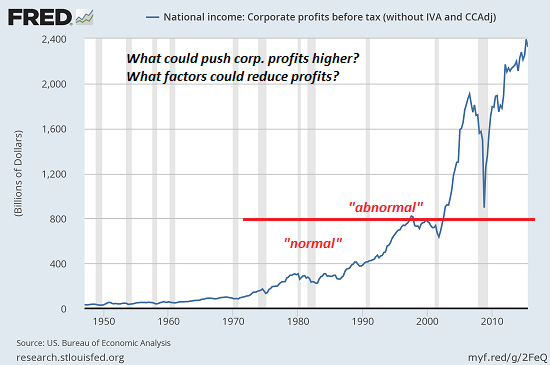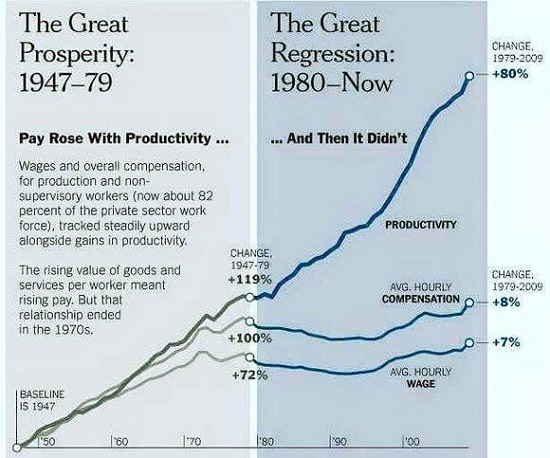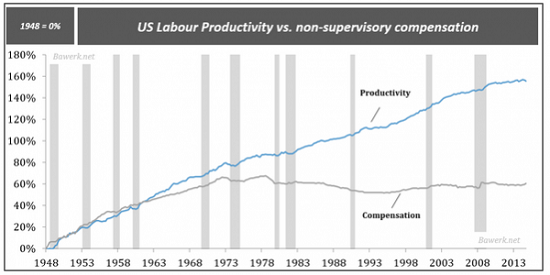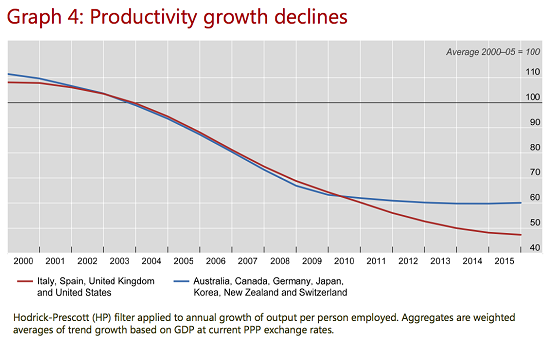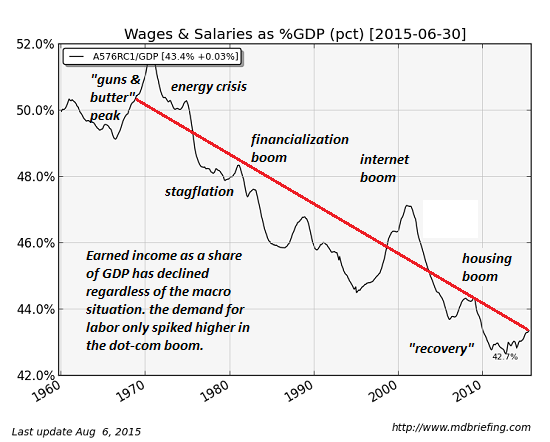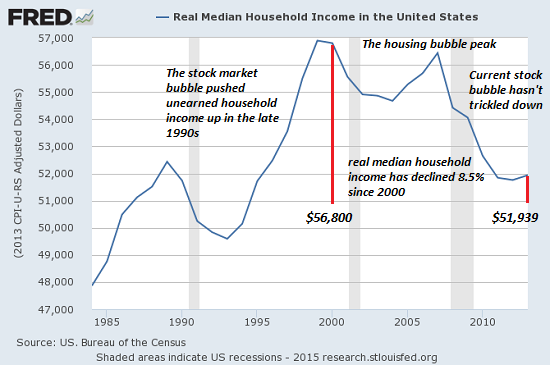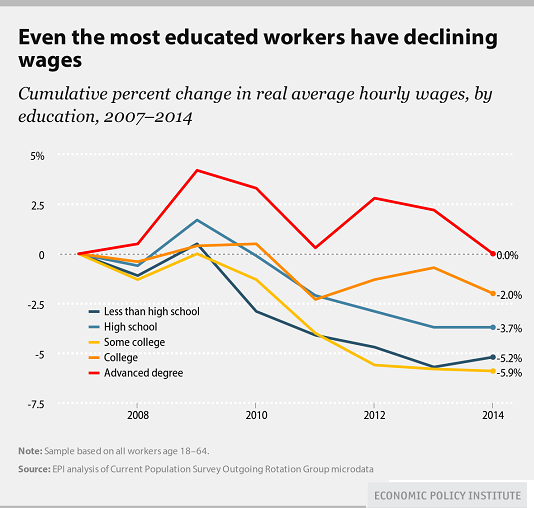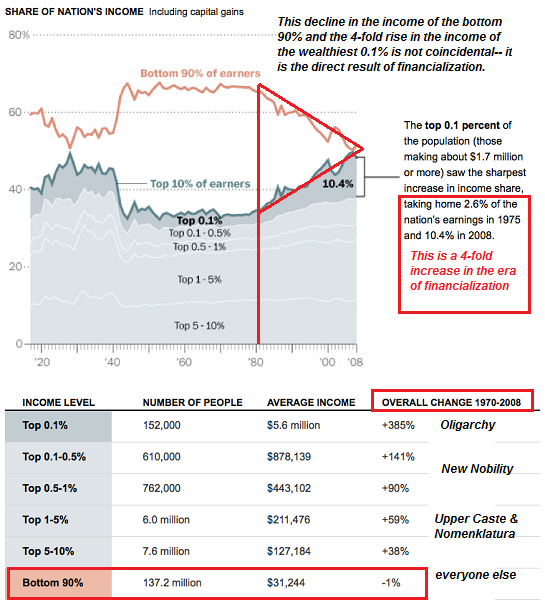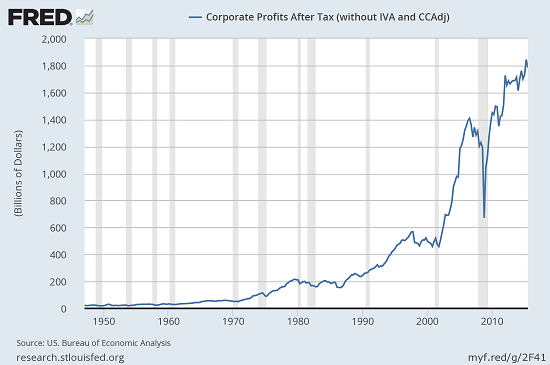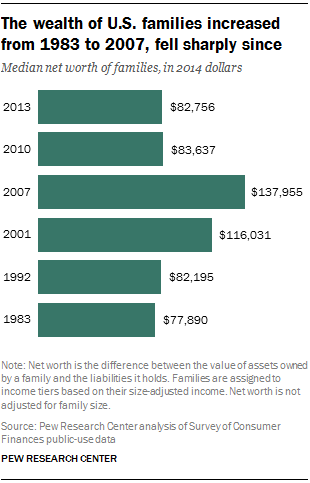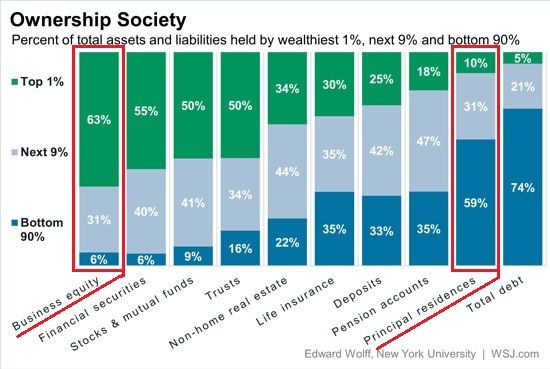Frugal Airline's fare structure is very simple: we charge by the pound/kilo.
Are you tired of shrinking airline seats and aisles, and being charged fees for everything that once was included in the ticket fee? If the answer is yes, you may be ready for a truly no-frills airline: Frugal Airline.

According to its sales brochure, Frugal Airline is licensed and certified in Afghanistan, and flies a variety of international routes on DC-3s and recent-vintage jet aircraft.
Frugal Airline doesn't pull any punches about its fare structure and amenities.Here is an excerpt from the sales brochure:
"Frugal Airline is in the business of transporting cargo. Our fare structure is very simple: we charge by the pound/kilo. So if you want to figure your fare, step on the scales to weigh yourself, weigh your baggage, and multiply the total by our per-pound/kilo cost. Easy!
As far as we are concerned, human beings are self-propelled sacks of liquid; a human passenger is no different from a load of lithium-ion batteries, except the human passengers require costly breathable air and a latrine. So we're actually giving passengers a break by charging them the same rate as we charge for grapes, parcels and whatever else somebody pays us to stuff into the cargo hold.
Some people complain our policy isn't fair because they were born big-boned. We here at Frugal Airline don't deal humanity's genetic or lifestyle cards--we transport cargo, period. We can't help it if somebody else was born small and slim. Our complaints department is a trash can with a slot in the lid. As we keep saying: we transport cargo, period.
We prefer to think of ourselves as a family-friendly airline, because infants will cost you next to nothing, and your rug-rats are much cheaper than full-grown adults.
Here at Frugal Airline, we believe in a flat fee--no extra services, no extra fees.
We have two classes: for our first class, we've bolted down a few old Barca-Loungers in the front of the cabin. The rest of the cabin has straps dangling from the ceiling and handholds welded to the floor; we provide cargo straps for those who want to tie themselves down (something we recommend during takeoff and landing). We provide lightweight cushions for those who prefer to sit on the deck rather than stand; the cabin floor is marked with the aisles and each passenger's designated area.
Each aircraft has a couple of latrines; in older aircraft, this might be rather basic. We provide one can of air freshener per flight.
We can't promise free snacks on every flight, but the ground crew makes a good-faith effort to see what's recently expired or still edible in the local marketplace. This could be anything from fried grasshoppers (crunchy!) to roasted slices of goat (if you're lucky) or expired candy bars.
As for entertainment, we reckon your fellow passengers will provide plenty of distraction if not outright entertainment.
Our beverage policy is that liquids are heavy, so bring your own and pay the freight.
Our flight attendants--well, we don't have any. Our cargo handlers are on hand to manhandle any abusive drunks or settle any disputes between passengers. Just stay in your designated area and the flight will go smoothly.
Just to keep things simple, our fares must be paid in cash, preferably major currencies or gold/silver.
On occasion, one of our older pilots might drift off to sleep and overshoot the destination. Sometimes we change routes to avoid active surface-to-air missile radar or weather hazards, but remember, we don't get paid if our aircraft go down, so we're very careful about maintenance and safety. We guarantee your safe delivery to your destination, but not the arrival time.
If you want to complain, drop your complaint right in the trash can slot. If you want to sue us, send the paperwork to our box in Kabul, where the paper will come in handy to start cooking fires.
Here at Frugal Airline, we like to think that we don't just provide you with the cheapest fares--you get an adventure thrown in for free."
Happy April Fools Day!
NOTE: Contributions/subscriptions are acknowledged in the order received. Your name and email remain confidential and will not be given to any other individual, company or agency.
Thank you, Richard S. ($100), for your outrageously generous contribution to this site -- I am greatly honored by your steadfast support and readership.
| |
Thank you, Jeff M. ($50), for your marvelously generous contribution to this site -- I am greatly honored by your steadfast support and readership.
|
Read more...






















